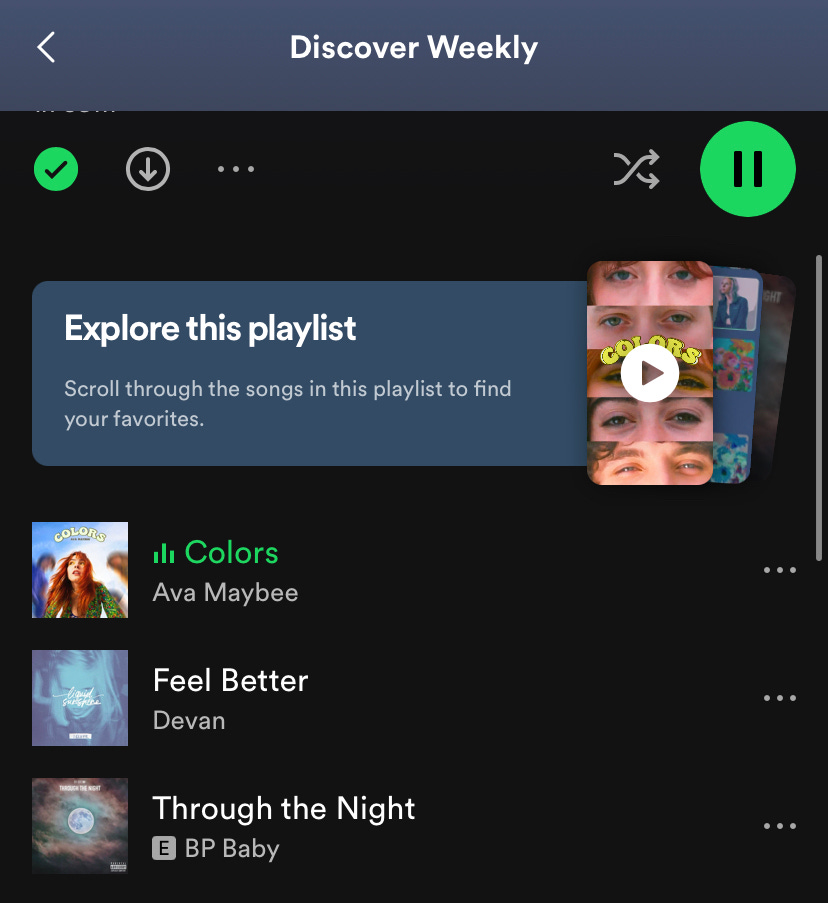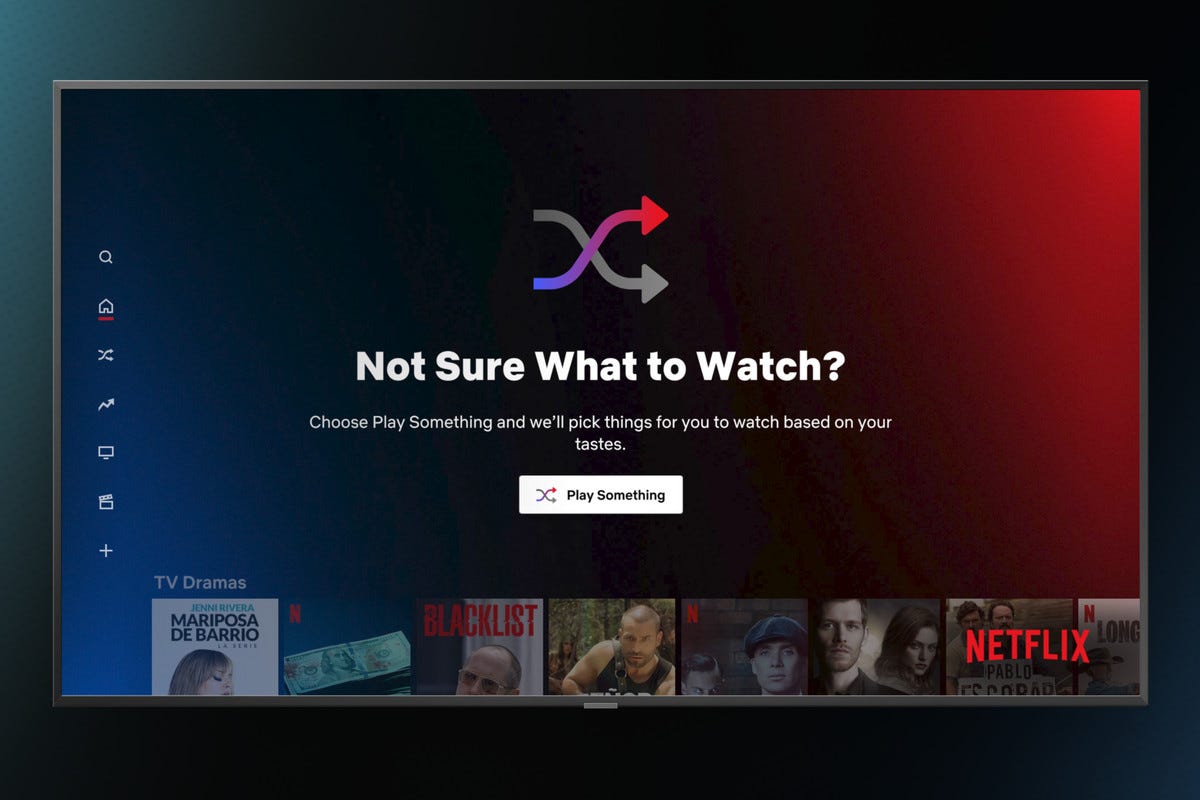The future of recommendations
Algorithmic choice, new protocols, and Netflix swiping to success.
Today’s article includes some ideas I have for the future of recommendation algorithms. Since the four part series on recommendations this past April, I’ve been continuing learning about the space and thinking about what is coming next.
what’s next for recommendations
“As content-generation costs drop, algorithms to help people sort through information must evolve rapidly.” - Bluesky’s Jay Graber
Perhaps you’ve heard of a new app called BlueSky. If you haven’t, you just don’t spend enough time on Twitter.
Launched in an invite-only beta in February 2023, the app is being called a “Twitter clone”. Their main effort revolves around AT, or authenticated transfer protocol, which is a “protocol for large-scale distributed social applications”. Bluesky is building its platform on top of this protocol.
A protocol is a set of rules that govern how to communicate data. If a platform is following a given protocol, no communication can happen unless the rules are followed.
I could start a social network, and say everyone needs to start every form of communication with “Hello! It’s <enter user’s name>!”, or it won’t go be shared amongst the network.
The most famous protocol? I’d go with the Internet Protocol. Or SMTP, the protocol behind email.
The AT has a few foundational elements, which include the way that identities are established and data is shared. The part I’m most intrigued by? Algorithmic choice.
Bluesky plans to allow users to swipe between algorithms that decide the items they see in their feed. You could switch between chronological, ordered by likes, top picks for you,… you name it. They even plan to allow developers to create their own feed sorting algorithms, which will be a part of a marketplace of algorithms that you can choose from.
“The problem isn’t “algorithms” — the problem is a lack of transparency and control around how algorithms are used to direct your attention.” - Bluesky’s Jay Graber
I believe interpretability and algorithmic choice will drive the innovation in the recommendations space right alongside iterating on methods to improve the algorithms themselves. Users are asking questions, interested in learning more, and deeply curious as to why they are seeing the content they’re seeing. I’m incredibly excited to watch this develop and maybe, if I’m lucky, get invited to Bluesky to try it myself!
swipe for your next netflix recommendation.
While the company tackles larger issues like password sharing and their absolute flop of an attempt at live streaming, I believe recommendations and driving customers to the shows they want to watch is what Netflix will need to streamline.
They’ve tried products in this space, one being “Play Something” shuffle that suggests shows and movies you’ve never watched before, which launched in 2021. Personal opinion: this is one of my least favorite features I’ve ever used on a platform, particularly in the name of user recommendations — it has never helped me make a choice and I constantly find it recommending either the top items on Netflix that week or Gilmore Girls.
So what’s next for Netflix? I believe Netflix will follow suit from TikTok by bringing scrollable content recommendations to their users. Researchers have studied interaction with Instagram and Facebook content and seen that user’s perception of time shifts when interacting with social-media style content. Even Spotify has learned this lesson, bringing an “Explore This Playlist” feature to playlists that have been automatically generated, allowing a user to scroll through snippets of the songs before even playing their Discover Weekly.

I think the solution here is figuring out ways to increase the quantity of “quality” recommendations, by letting the user interact with short snippets about the content — maybe a trailer, or short clip from a show. The problem with their “Play Something” feature is that it jumps right into the content. If Netflix were to bring a feed of movie and TV show snippets to the user, let them scroll as they please until they land on a movie they like, then be more satisfied with the content they’re watching, I do believe they’d unlock higher user satisfaction when it comes to watching the content they crave. They’d also get more people spending time in the application, even if they aren’t looking to watch a full video, but rather looking for a new version of that infamous channel of only trailers I used to watch as a child. Netflix could then gather valuable data, like which trailers you watched all the way through, which genre of snippets you avoided completely, and more to improve their existing recommendation models. There’s a lot of potential that could come from an update like this. Netflix, your move.
Thanks for reading this week’s Day to Data. Glad to have you around. Follow us on Twitter @day__to__data to stay updated, or reach out with ideas and questions.






